The collection includes a wide variety of post-Second World War vehicles from British, American and Australian manufacturers. This was the age of the family car, when car ownership increased significantly, and many families acquired a second car.
The Museum defines Classic vehicles as those produced between 1946 and 1969. This collection is representative of a period of peak production in the British and American vehicle manufacturing industries and the emergence of an Australian industry. American cars of the period can be characterised by their large size and engine capacity, while the British cars of the period tended to be smaller in size and engine capacity, but with higher power to weight ratios.
The collection vehicles reveal the period’s propensity for materials such as steel, the extensive and elaborate adornment of surfaces with chrome and wood veneer, and the emergence of new materials such as plastic. In general, Australian vehicle manufacturers of this period tended to mirror their American counterparts, albeit on a slightly more prudent scale. These vehicles represent to many enthusiasts the ‘golden age’ of motoring when environmental, resource and social considerations such as pollution, fuel consumption and traffic jams were not fundamental issues. It was the heyday, when motoring was fun, exhilarating and liberating. This era ends with the emergence of a strong Japanese-based motor industry and a shift towards economical considerations in both car manufacturing and ownership.
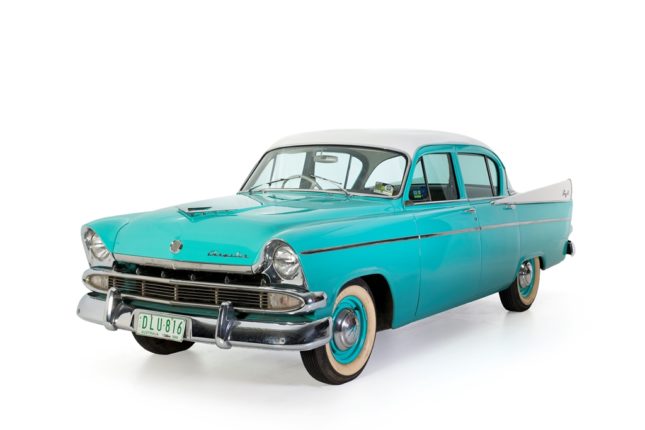
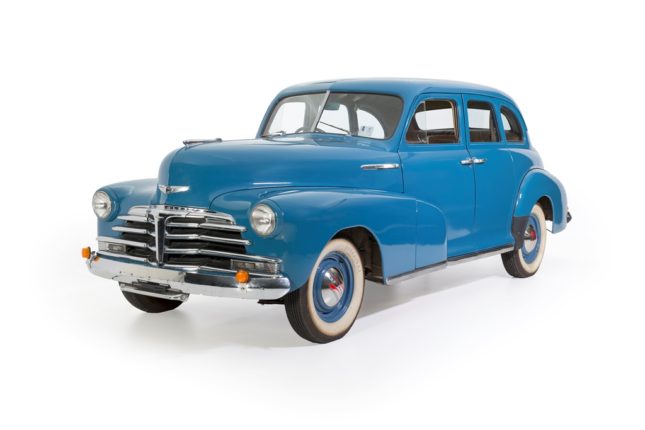
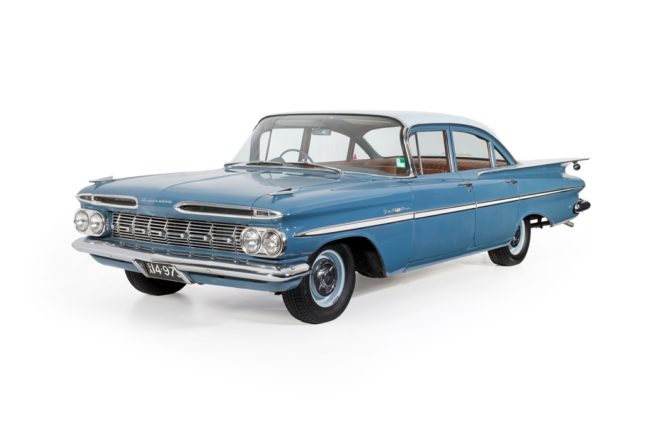
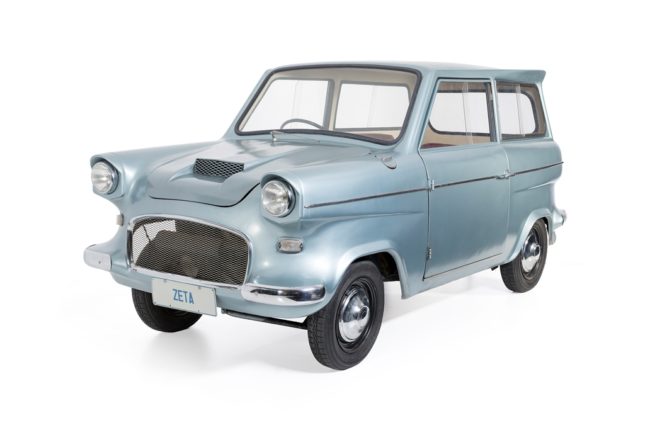
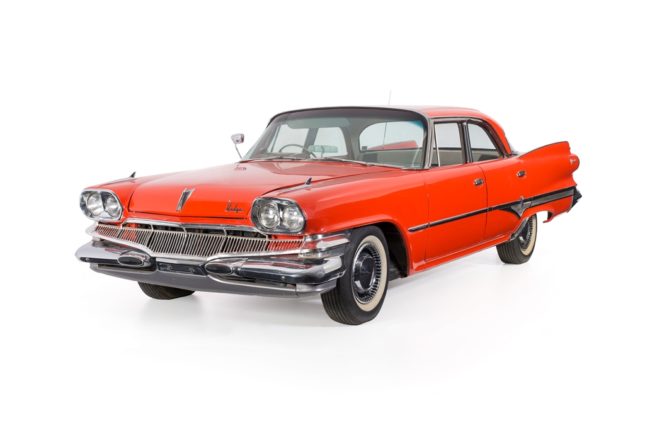


 Visit
Visit